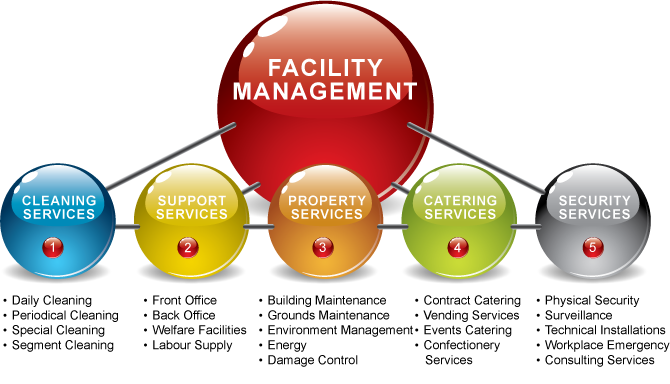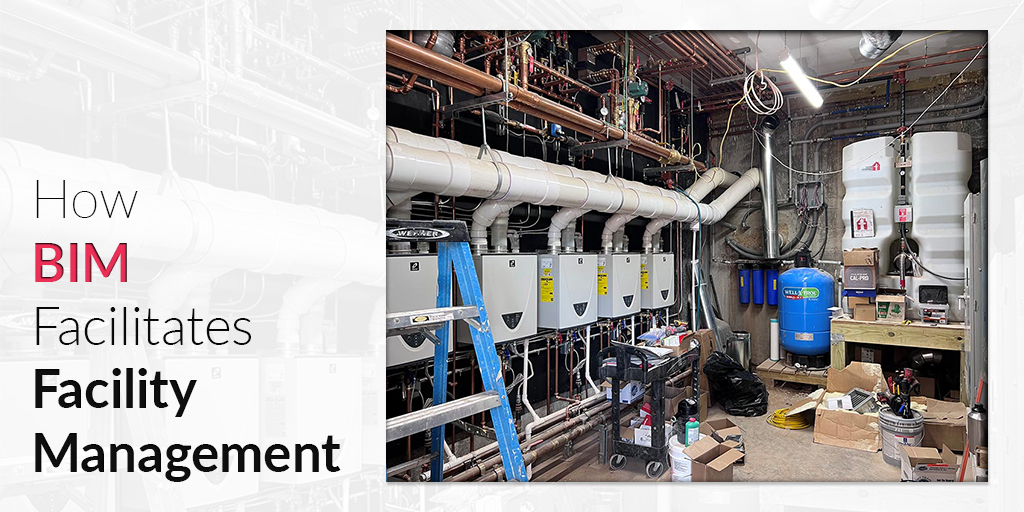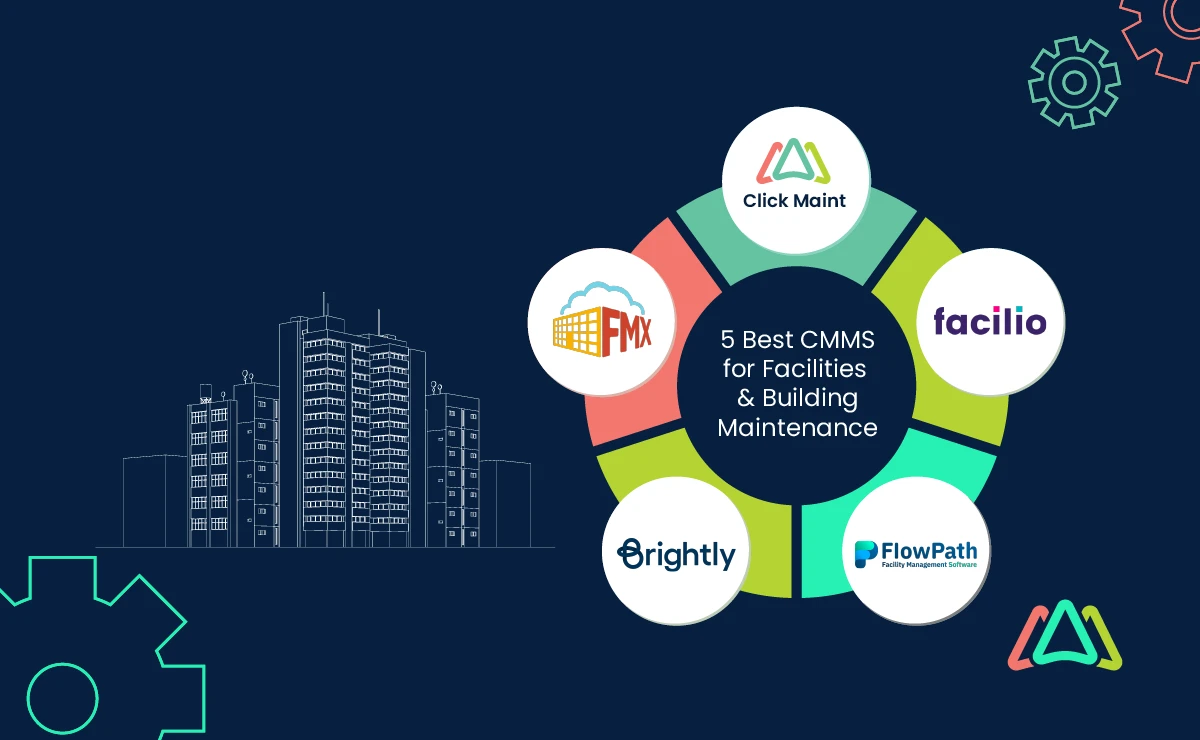Facility Management Solutions-- Optimize Your Building's Effectiveness
Wiki Article
Trick Trends Shaping the Future of Facility Administration in 2024
As we look in advance to 2024, the landscape of facility monitoring is positioned for considerable transformation, driven by numerous essential fads. The assimilation of smart building technologies and a change in the direction of data-driven decision-making guarantee to improve operational efficiency while focusing on sustainability in practice.Smart Building Technologies

Smart structure technologies include a wide range of systems, consisting of smart illumination, HVAC controls, and safety and security systems. By integrating these systems, facility supervisors can monitor and change criteria in real-time, bring about significant decreases in power waste and operational costs. Wise sensors can detect tenancy levels and readjust illumination and temperature level appropriately, making sure that power is just used when necessary.
In addition, these technologies facilitate boosted information collection, permitting companies to track usage patterns and determine opportunities for more enhancements. The implementation of wise structure modern technologies not just adds to sustainability objectives yet likewise creates healthier work settings that can improve worker performance and complete satisfaction.
As we relocate into 2024, the fostering of clever structure technologies will likely speed up, reflecting a wider change in the direction of more intelligent, responsive, and lasting facility monitoring techniques.
Data-Driven Choice Making
Progressively, companies are leveraging data-driven decision making to enhance facility monitoring methods. By using data analytics, center managers can acquire actionable insights that significantly enhance functional effectiveness and resource allocation. The combination of advanced technologies, such as IoT sensing units and real-time surveillance systems, makes it possible for the collection of substantial amounts of data on building efficiency, tenancy rates, and energy intake.This wealth of information permits facility supervisors to recognize fads, forecast maintenance demands, and proactively address concerns before they escalate. For example, anticipating analytics can anticipate tools failures, lowering downtime and repair work costs. Additionally, information visualization devices help with far better communication amongst stakeholders, making certain that informed decisions are made collaboratively.
In addition, data-driven techniques enhance strategic preparation by allowing facility managers to examine the efficiency of existing techniques and make informed options relating to investments in modern technology or facilities. As companies increasingly prioritize functional excellence, data-driven choice making is poised to become a cornerstone of successful center management strategies in 2024 and beyond. Ultimately, the capability to take advantage of information effectively will encourage companies to produce extra reliable, effective, and resistant centers.
Sustainability and Environment-friendly Practices
The focus on data-driven choice making normally straightens with the growing concentrate on sustainability and green techniques within center monitoring. As organizations progressively focus on ecological obligation, facility managers are leveraging analytics to optimize resource use, decrease waste, and minimize carbon footprints. This calculated strategy enables the integration of energy-efficient systems, such as LED lights, smart HVAC controls, and renewable energy sources view publisher site into center procedures.Moreover, the application of lasting practices prolongs past power usage. Facility supervisors are taking on environmentally friendly products and advertising recycling campaigns to produce a round economic situation within their centers. This not just improves the environmental account of the company but also fosters a society of sustainability among staff members.
Compliance with ecological laws is an additional crucial aspect driving the adoption useful site of eco-friendly techniques. By making use of data analytics, center supervisors can keep track of compliance metrics and recognize areas for improvement, guaranteeing adherence to worldwide and regional sustainability standards.
Crossbreed Work Versions
A considerable change towards hybrid job versions is improving the landscape of center management in 2024. This standard incorporates remote and in-office job, necessitating a reevaluation of area application, resource allotment, and employee engagement techniques. Organizations are increasingly acknowledging the relevance of versatile work spaces that satisfy varied needs and preferences.Center supervisors must adjust by executing versatile workplace layouts that support joint initiatives while offering areas for focused job. This consists of the integration of modern technology to facilitate smooth communication and partnership among remote and in-office workers. Smart structure options, outfitted with sensors and analytics, permit for real-time monitoring of room use, enabling companies to maximize their settings effectively.
Furthermore, hybrid work designs emphasize the requirement for efficient center monitoring that prioritizes worker experience. In essence, the crossbreed work model is revolutionizing center monitoring, encouraging a positive method to fulfill the advancing demands of the workforce.
Improved Passenger Wellness
As organizations accept hybrid job versions, an enhanced focus on owner wellness is becoming integral to facility administration methods. Facility Management. This shift identifies that a healthy and balanced visit the site and completely satisfied labor force straight impacts productivity and retention prices. Facility managers are now focusing on settings that promote psychological and physical well-being, incorporating components such as natural lighting, biophilic layout, and easily accessible wellness resources

Innovation plays a crucial function in this development. Smart building systems can keep an eye on environmental variables and change setups in real-time, guaranteeing optimum convenience degrees - Facility Management. Moreover, feedback mechanisms, such as tenancy sensing units and worker surveys, permit center managers to continuously improve wellness initiatives based upon passenger demands.

Verdict
In 2024, the future of facility management will certainly be considerably affected by the combination of smart structure innovations and data-driven decision-making, promoting enhanced functional effectiveness. Sustainability efforts will prioritize green methods, while the introduction of hybrid job designs will demand flexible office designs. An increased focus on occupant health with advanced Heating and cooling systems and biophilic design will certainly add to much healthier work environments. These patterns collectively emphasize the developing landscape of center administration in response to contemporary obstacles and chances.Facility managers are promoting and taking on green materials reusing initiatives to create a round economic situation within their centers.A substantial change in the direction of crossbreed work versions is improving the landscape of center monitoring in 2024.Additionally, hybrid work versions highlight the requirement for effective facility management that focuses on staff member experience.As organizations accept hybrid job models, an enhanced emphasis on passenger wellness is ending up being integral to center management approaches.In 2024, the future of center administration will certainly be significantly affected by the assimilation of smart building technologies and data-driven decision-making, fostering improved operational effectiveness.
Report this wiki page